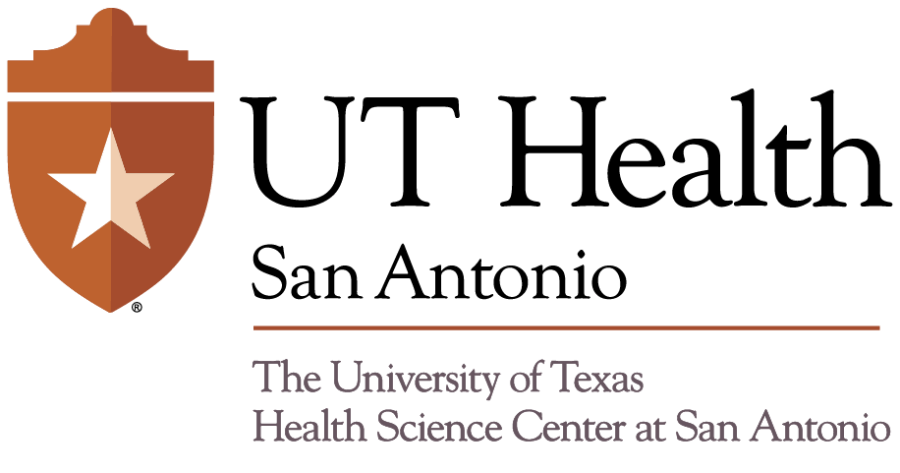MoTrPAC releases seven publications this month
We all know that exercise is good for us, but figuring out the “why” and “how” of physical exercise’s effect on the body is the goal of a 10-year, multi-million dollar project through the National Institutes of Health called the Molecular Transducers of Physical Activity Consortium, (MoTrPAC).
A study published May 1 in Nature showcases some of the first findings from MoTrPAC including data from a MoTrPAC clinical site at The University of Texas Health Science Center at San Antonio.

“It’s a multi-omics study meaning that we’re looking at transcriptomics, lipidomics, metabolomics, proteomics and trying to then do a bioinformatics approach to make a comprehensive map of how physical activity affects the human body,” said Blake Rasmussen, PhD, chair of the department of cellular and integrative physiology and director of the Center for Metabolic Health with the Sam and Ann Barshop Institute for Longevity and Aging Studies, part of The University of Texas Health Science Center at San Antonio.
MoTrPAC was launched in 2016 and now includes 19 sites, six of which conduct exercise studies on adults and one site for exercise studies of children. Other sites include pre-clinical animal studies, chemical analysis, bioinformatics center and coordinating center.
Rasmussen said consortium site participants work together to gather data and share their findings.

He heads the MoTrPAC clinical site located at UT Health Science Center’s Barshop Institute. Elena Volpi, MD, PhD, director of the Barshop Institute, is a co-investigator at the UT Health MoTrPAC site.
The MoTrPAC project had a prolific month for publications with seven studies released in Nature, Nature Metabolism, Nature Communications, Function, Journal of Applied Physiology, Cell Metabolism and Cell Genomics.
These first findings from MoTrPAC focus on the effects of physical exercise on male and female rats, but Rasmussen said they hope to translate these findings to patient populations.
Researchers conducted thousands of analyses on 19 rat tissue types identifying changes in genes, proteins and metabolites.
The study published May 1 in Nature, the first in a group of MoTrPAC papers in this publication, focuses on the widespread effect of physical exercise on every type of tissue in the body and how exercise affects male and female rats differently.
Rasmussen said they were aware that exercise has acute and long-term effects on certain body systems, but said it was a surprise to find that all bodily tissues have some response to exercise training.
Additionally, the exercise-response differences between male and female rats were greater than anticipated. For example, researchers found differences in most tissues sampled including brain, adrenal gland, lung and fat tissue. These findings could eventually play a role in how exercise interventions are recommended for men and women.
Rasmussen said the goal of MoTrPAC is to create a “map” that would be available online, of the exercise response of every system in the human body.
These insights could lead to specialized exercise routines being prescribed, just like a pill, for many ailments or health conditions.
To have UT Health Science Center at San Antonio be part of this historic study is a privilege, Rasmussen said.
“The NIH said this is the most complicated, complex clinical trial they’ve ever funded. Because of all the different tissues we’re collecting, different procedures, intervention components and tests that we’re doing. It is exciting to be a part of such a large national consortium that puts us on the map with prestigious institutions from around the country,” Rasmussen said.
MoTrPAC is funded by the NIH Common Fund and overseen in collaboration with the National Institute on Aging , the National Institute of Arthritis and Musculoskeletal and Skin Diseases, and the National Institute of Diabetes and Digestive and Kidney Diseases. For a list of current projects, visit https://commonfund.nih.gov/MolecularTransducers/fundedresearch.
For more information on adult and pediatric clinical studies, visit clinicaltrials.gov under NCT03960827 and NCT04151199or visit the recruitment webpage to learn more about how you can participate.
The data produced through this research project is publicly available for further analysis and direct download to encourage more hypotheses from the biomedical community.
Temporal dynamics of the multi-omic response to endurance exercise training
MoTrPAC study group and lead analysts
Published: May 1, 2024, Nature, https://www.nature.com/articles/s41586-023-06877-w
The University of Texas Health Science Center at San Antonio (UT Health San Antonio) is one of the country’s leading health science universities and is designated as a Hispanic-Serving Institution by the U.S. Department of Education. With missions of teaching, research, patient care and community engagement, its schools of medicine, nursing, dentistry, health professions, graduate biomedical sciences and public health have graduated more than 42,200 alumni who are leading change, advancing their fields and renewing hope for patients and their families throughout South Texas and the world. To learn about the many ways “We make lives better®,” visit UTHealthSA.org.
The Sam and Ann Barshop Institute for Longevity and Aging Studies is one of the world’s premier institutes dedicated to the study of age-related diseases. The Barshop Institute is the only aging intensive research institute in the country to have four peer-reviewed designations: two National Institute on Aging (NIA)-funded centers (Nathan Shock and Claude D. Pepper centers), a testing site of the NIA-sponsored Interventions Testing Program, and a U.S. Department of Veterans Affairs Geriatric Research, Education and Clinical Center.
Stay connected with The University of Texas Health Science at San Antonio on Facebook, Twitter, LinkedIn, Instagram and YouTube.


